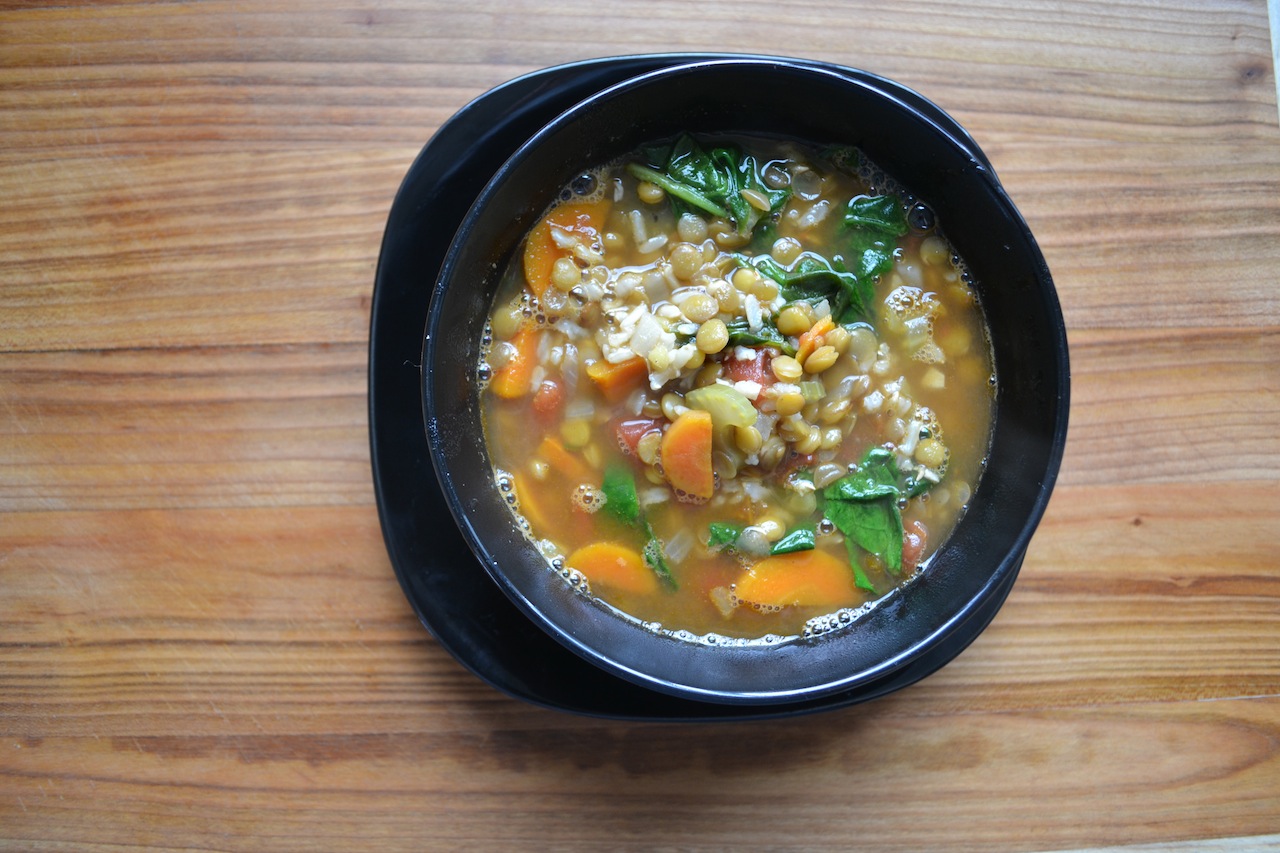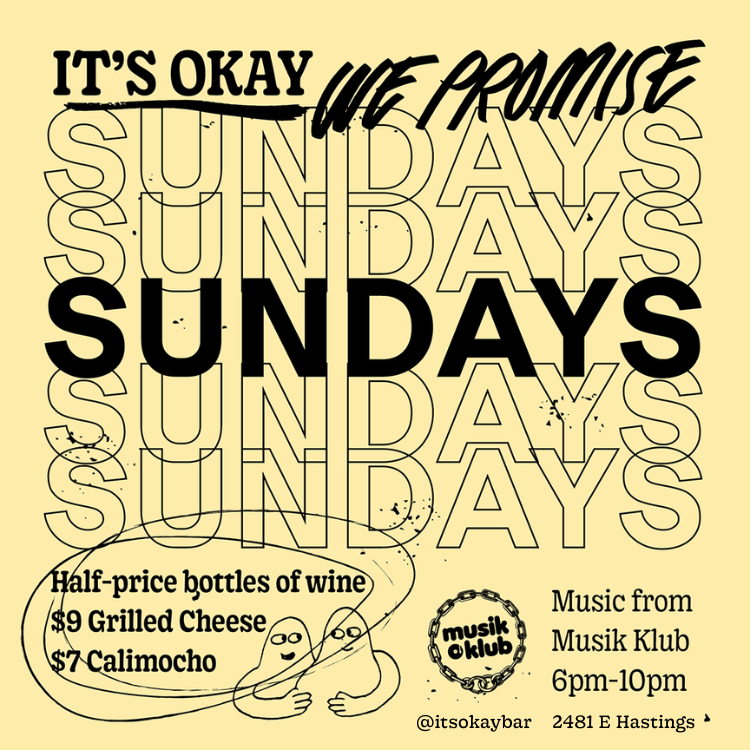We all have a lot on our plates. Between work, school, exercise, a social life and the internet, it’s hard to fit in enough time to eat healthy and nutritious home-cooked food. And then someone brings birthday cake to the office kitchen and all hopes of eating that $18 kale salad in the fridge are lost.
Lunch is an area where many people struggle. It’s hard to wake up early or stay up late to prepare something, hard to come up with ideas of what to make and hard to get into a routine of preparing food.
This is where getting into a meal prep and planning routine comes it. Before long, it becomes so second nature it’ll be easier than trying to fuss with a curling iron every morning. Meal prep not only saves money as buying lunch out is no longer necessary, but also saves time by dedicating only a small part of the week to preparing many meals.
Here’s some tips for planning your lunches for the week:
- Set aside time to meal plan: Sit down at the beginning of the week and decide what you want to eat. Make sure to pick something you enjoy eating, since you’ll be more inclined to be excited about eating healthy because of it. Write it down on a piece of paper, a post-it note, on your phone.
- Make a food shopping list: Take a look at the food you have in the fridge and pantry and figure out what to need to buy to create all those lunches. I find this step really important to keep spending down by not buying too much of something I already have, as well as making sure to eat up everything already in the kitchen, thus wasting much less.
- Don’t forget the shopping list: Go into the grocery store with blinders on and only buy items that are on your list.
- Dedicate time to preparing these meals: Now that all the ingredients have been acquired, I set aside a couple hours to prepare, cook or package everything that I’ll need for lunch during one day of the week.
Now you’re probably thinking, well what the heck am I supposed to make?
One of my favourite things to make is a Mediterranean quinoa salad: a dish loaded with vegetables, and made filling with feta cheese and quinoa. Find the recipe here. This can be made more filling by adding chickpeas or black beans to it for a vegetarian option, or a protein of your choice.
One of my favourite proteins to cook is chicken, because it is generally pretty affordable and simple to prepare. A staple for me is this salsa marinated chicken, which you could leave all day in your fridge before cooking, or even freeze for future use. This is a great no-fail, juicy chicken with a sweet and tangy flavour recipe that works not only for your everyday lunches but also for when you’re having people over and want to show them you kind of know what you’re doing in the kitchen.

For those cold winter months when nothing sounds better than a bowl of soup and a piece of crusty bread, this lentil soup is a lifesaver. The greatest thing about soup is that you only have to actively cook it for about 15 minutes and then the pot and the stove do most of the work.
If you have a little more time on your hands one Sunday afternoon, this play on lasagna is a cheesey, delicious and extensive leftover producing dish. This Mexican lasagna uses tortilla wraps instead of noodles, and a sauce that is more bean dip than it is tomato sauce. Bonus: it freezes exceptionally well.
When setting out to prepare these meals, it’s a good idea to keep your tastes and your culinary skills in mind. If you don’t like to cook but really enjoy eating your veggies, chop yourself up a big green salad and portion it out or make yourself a nice sandwich on hearty bread.
It’s also helpful to keep in mind where you typically eat your lunch during the week. If you’re going to school and don’t have access to a microwave, make yourself dishes that can be eaten cold. My personal strategy with meal planning is to have the lunch I take to work prepared in its own Tupperware container, so every morning I just throw it into my bag on the way out the door.
The greatest part about it, is that you can eat all the food you want, all the time, and only have to put in a minimal amount of effort to do it. It also has the added bonus of keeping your food spending and food waste to a minimum.




